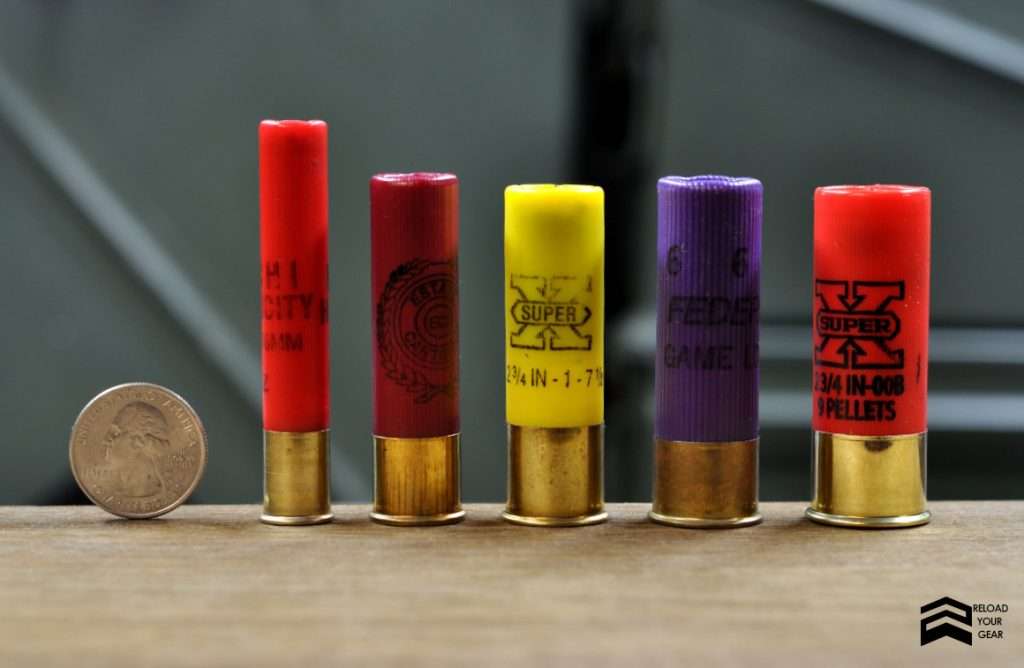
Trying to make sense of why shotguns are gauges and rifles and pistols are grouped by calibers? In this article, we explain why shotguns are classified by shotgun gauges vs shotgun calibers and a little about each type.
Gauge vs. Caliber
Unlike handgun and rifle ammo, shotgun ammo is measured in gauges, not in calibers. Shotgun gauges represent the number of round balls that can be produced with a pound of lead for a shotgun’s certain bore diameter. So a 10-gauge shotgun can only produce 10 lead balls from a pound of lead. The lower the gauge, the bigger the bore diameter, so larger shotguns have smaller gauges.
Why are shotguns classified in gauges instead of caliber?
In the old days, shotgun users used to buy lead by the pound and make their own ammunition. “The gauge told you how many rounds you could make for the gun from 1 pound of lead.” This measuring system has been passed on throughout the years and is adapted by modern shotgun users even though the reason for the original terminology is no longer as useful.
Most Popular Shotgun Gauges
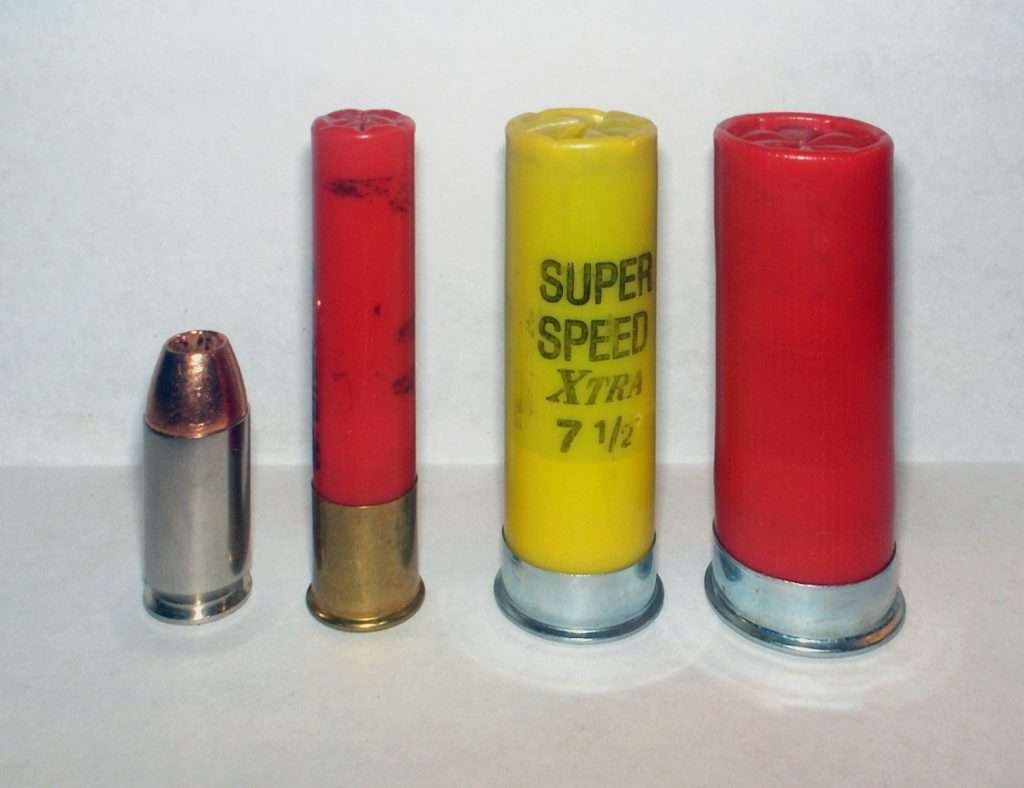
12 Gauge
The 12 gauge is the most common shotgun shell size. It’s the most widely used shotgun shell size for home defense and hunting. It also has the widest variety of options in terms of payloads, particularly defensive loads.
16 Gauge
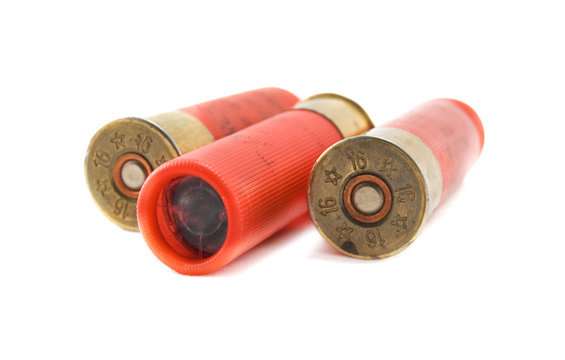
The 16 gauge almost has the same performance as the 12-gauge but has less recoil. It’s usually used for hunting small game such as rabbits, squirrels, doves, quails, and grouse.
20 Gauge
The 20 gauge is lighter than the first two shotgun gauges, so it’s also popular among shooters who prefer less recoil. 20-gauge loads are widely used for upland and small game hunting. But its low recoil also makes it an effective self-defense load for people of smaller stature.
Twenty gauges are also popular for skeet and sport shooters looking for a little more challenge.
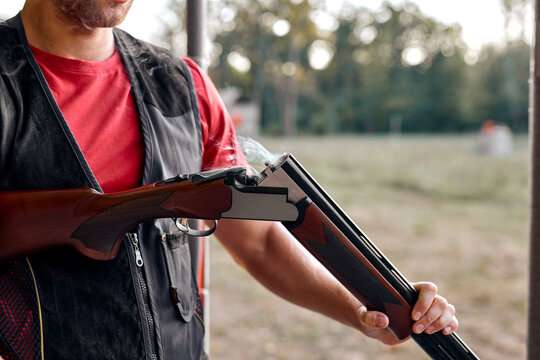
It’s also important to note that 20-gauge shells are nearly always yellow in the US, no matter who the manufacturer is. This is because, even though 20-gauge shells are significantly smaller than 12-gauge shells, 12 and 20-gauge shells often get mixed up as they’re the most commonly used gauges. So, back in the 70’s Federal started color coding shells by gauge and others followed suit for 20 gauge shells to help people avoid using 20 gauge shells in 12 gauge guns. Since those are the two most popular gauges, the practice is only widely adopted with the 20 gauge even though the same issue exists between 28 and 20 gauge guns, 20 and 16 gauge guns, etc.
Uncommon and Specialty Gauges

10 Gauge
The 10-gauge is usually used for hunting geese, turkey, and ducks. But since it has a longer shell length and a larger bore than other shotgun gauges, it also has a considerably stronger recoil, so it’s not very common among hunters.
28 Gauge
The 28-gauge ammo is not as common as those for 12 and 20-gauge shotguns. It’s great for hunting upland birds, squirrels, and rabbits, and has very manageable recoil. The 28-gauge is mostly available in lightweight shotguns.
410 Gauge
The 410-gauge is the smallest shotgun shell size and has the most manageable recoil. It’s measured in inches, unlike other shotgun gauges. The 410-gauge is popular among younger shooters and beginners because of its small size and mild recoil. However, its sparse pattern makes it effective only for hunting small game and pest control at short distances.
Shell Length
Shotgun shells come in different lengths. Longer shells can hold more shot and normally have stronger recoil. Here are the most common shell lengths for the three most popular shotgun gauges we mentioned earlier.
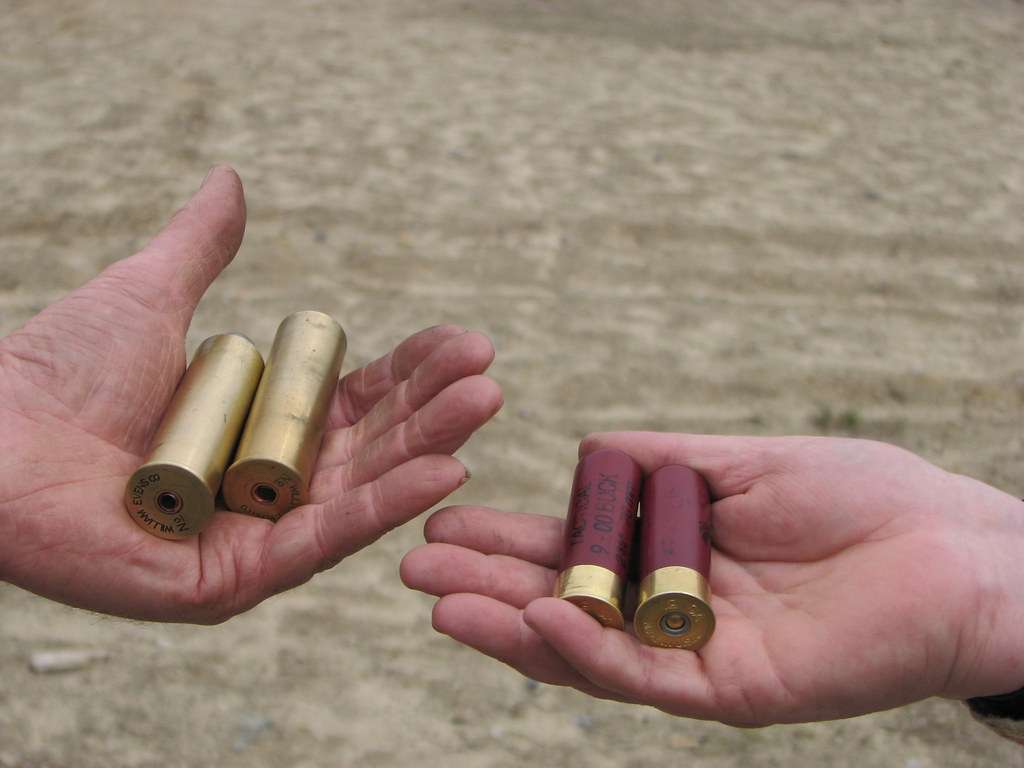
12 Gauge – 2 ¾ inches, 3 inches, and 3.5 inches
16 Gauge – 65 mm, 67 mm, 70 mm, 76 mm
20 Gauge – 2 ¾, 2 ⅝, and 3 inches
Shotgun Shell Types
A shot is what you call the metal pellets packed inside a shotgun shell. The larger the shot, the more powerful it is, and the larger the weapon it requires. Now let’s talk about the different types of shots.
Buck
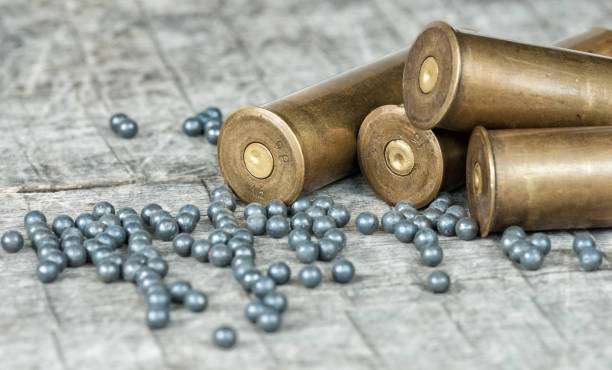
The buckshot got its name from hunting deer (hence the name) and is specially designed for killing medium to large game. Buckshot comes in different sizes (between 0000 to T), most of which are efficient for defensive applications too. Aside from hunting, buckshot is also used by the police in combat.
Bird
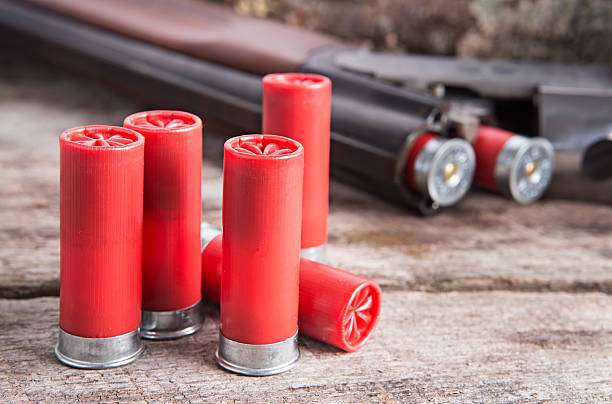
The birdshot, as the name implies, is commonly used for hunting birds. Birdshot is way smaller than buckshot and is useless on large game. Generally, this is anything in the 7-9 range even though #4-6 are used to hunt turkey also.
Slug
The slug is used for hunting large game, competitions, and even home defense. It has a solid and heavy projectile like that of a rimfire or centerfire rifle cartridge. “The lightest common 12 gauge shotgun slug of 7⁄8 oz. weighs 383 grains.” https://en.wikipedia.org/wiki/Shotgun_slug
FAQs
What is the highest caliber shotgun?
10-gauge is the highest caliber shotgun. It used to be a popular caliber, but because of its weight and heavy recoil, hunters found it difficult to use. These days, a few waterfowl hunters still use it but with limited ammo choices.
What caliber is a 12 gauge shotgun?
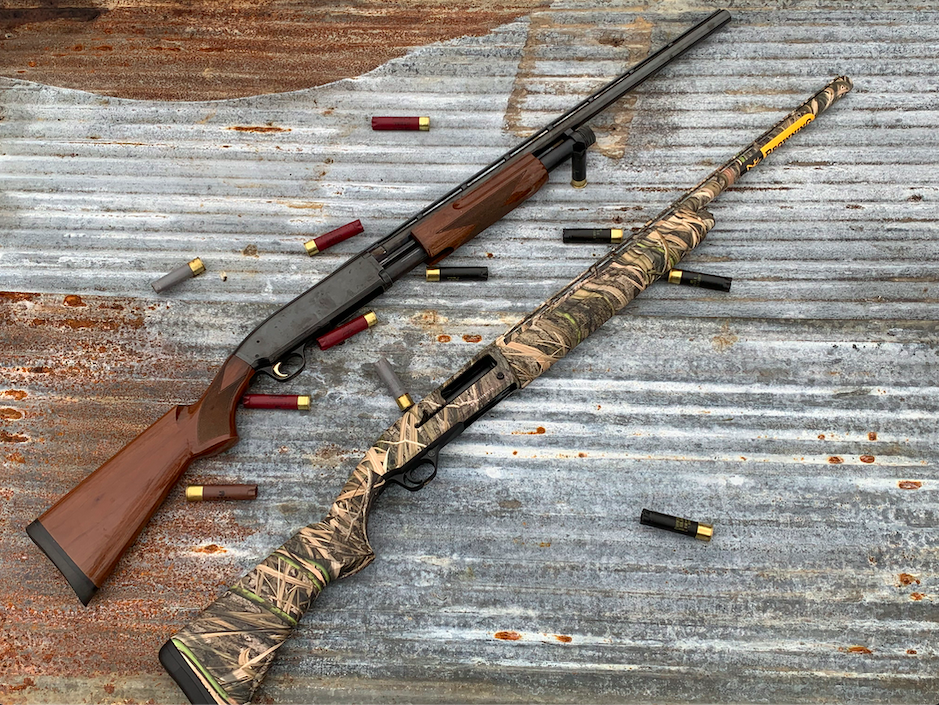
A shotgun’s gauge or caliber is determined by the barrel diameter and the diameter of the shell manufactured to fit into the said barrel. For a 12-gauge shotgun, the shell is 0.770 in diameter and the barrel is .725.
What is a 16-gauge shotgun used for?
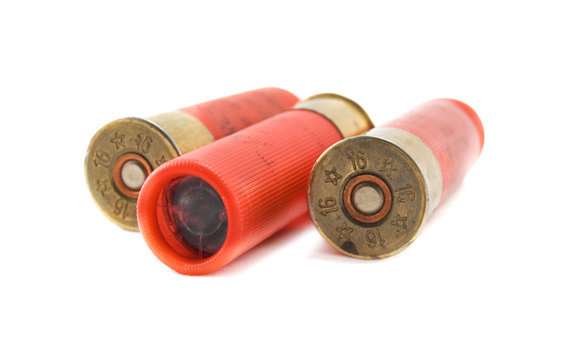
The 16-gauge is typically used for hunting non-waterfowl game. However, ammo availability for this shotgun gauge is very limited as most hunters who want a lighter shotgun will opt for the 20-gauge, and those who want a multi-purpose shotgun prefer the 12-gauge. The 16 gauge used to be very popular but has somewhat fallen out of favor in recent years.
What is a 410 shotgun used for?
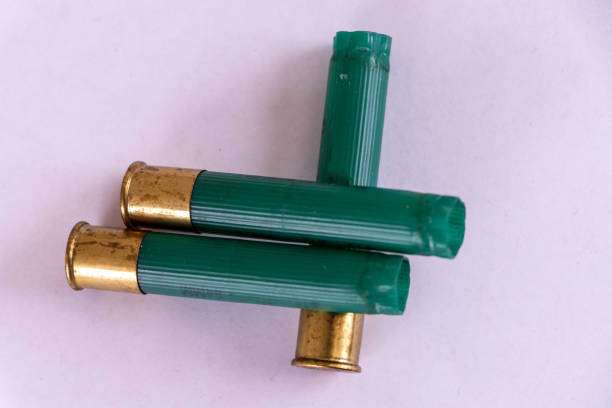
Since the .410 is the lightest and smallest among all the shotgun calibers, it’s primarily used for pest control and hunting small game.
Final Thoughts
Shotguns are versatile firearms that are effective for different shooting applications, from home defense to shooting birds to big-game hunting. Now that you understand the basics of shotgun gauges, it’s time to decide which gauge suits you best.
